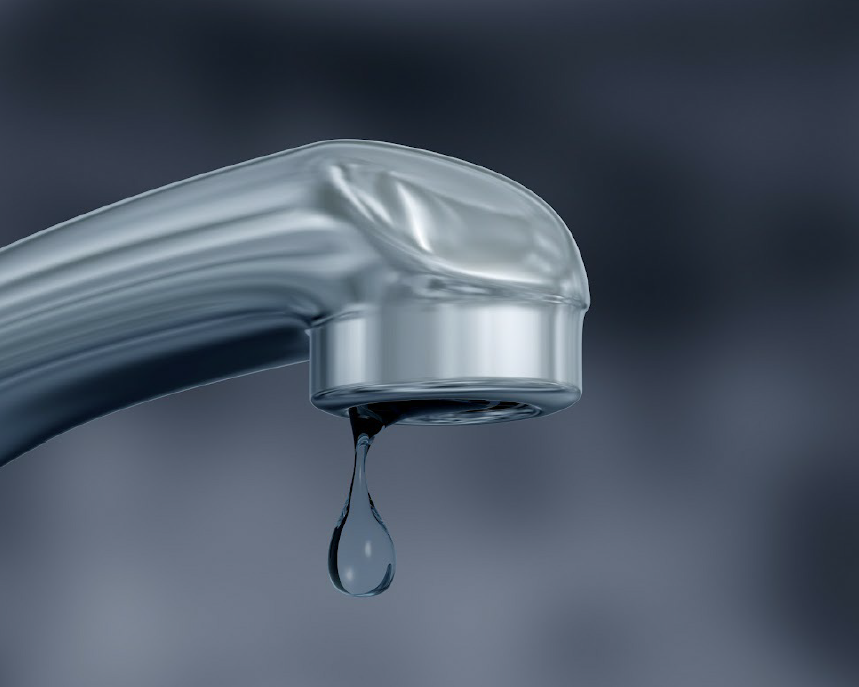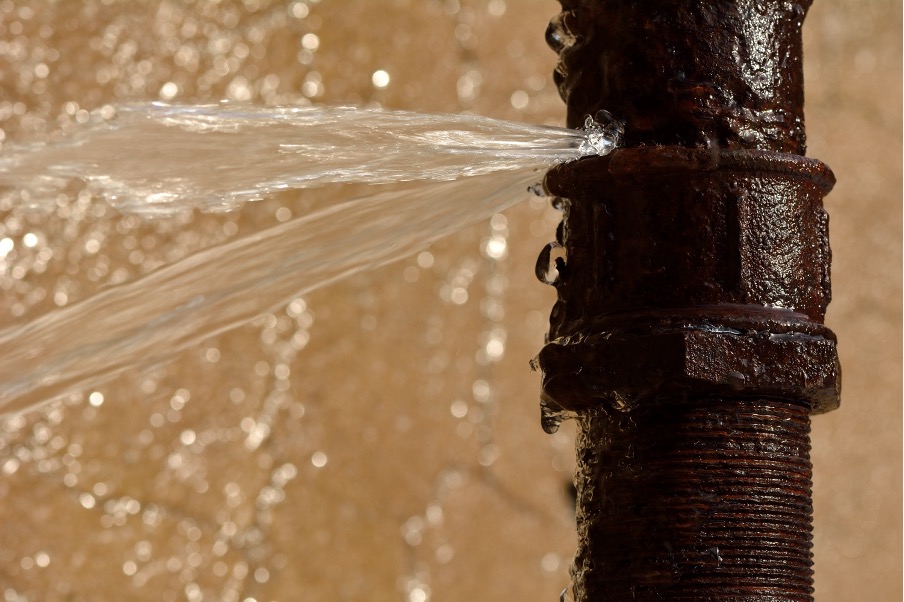Just how to Check If Your Home Has a Concealed Leakage
Just how to Check If Your Home Has a Concealed Leakage
Blog Article
Just how do you really feel about Detecting hidden plumbing leaks?

Early discovery of leaking water lines can minimize a possible catastrophe. Some small water leaks might not be noticeable.
1. Check Out the Water Meter
Every house has a water meter. Checking it is a proven way that aids you find leaks. For beginners, shut off all the water sources. Make sure nobody will certainly flush, utilize the faucet, shower, run the cleaning maker or dish washer. From there, go to the meter and also watch if it will change. Since no person is using it, there must be no movements. If it relocates, that shows a fast-moving leakage. If you detect no adjustments, wait a hr or 2 and check back once more. This implies you might have a slow-moving leak that could even be below ground.
2. Inspect Water Consumption
If you identify unexpected changes, in spite of your intake being the exact same, it implies that you have leaks in your plumbing system. A sudden spike in your bill shows a fast-moving leakage.
A consistent boost every month, also with the exact same routines, reveals you have a sluggish leakage that's likewise slowly intensifying. Call a plumber to completely inspect your property, particularly if you feel a cozy area on your floor with piping underneath.
3. Do a Food Coloring Test
When it comes to water usage, 30% comes from commodes. If the shade in some way infiltrates your bowl during that time without flushing, there's a leakage between the container and also bowl.
4. Asses Outside Lines
Don't fail to remember to inspect your outside water lines as well. Ought to water seep out of the connection, you have a loose rubber gasket. One small leakage can squander tons of water and increase your water expense.
5. Check as well as Assess the Circumstance
Property owners need to make it a practice to inspect under the sink counters as well as also inside closets for any bad odor or mold development. These two warnings indicate a leakage so timely interest is required. Doing routine evaluations, even bi-annually, can save you from a significant issue.
If you understand your residence is currently old, keep a watchful eye on your heating units, hose pipes, pipes etc. Look for stainings and compromising as most pipes and home appliances have a life expectancy. They will certainly also naturally deteriorate because of deterioration. If you believe leaking water lines in your plumbing system, do not await it to escalate. Call a specialist plumber right now so you don't wind up with a horrible mess in your house.
Early discovery of leaking water lines can reduce a possible calamity. Some tiny water leakages might not be noticeable. Examining it is a proven way that assists you discover leaks. One little leak can squander lots of water and surge your water costs.
If you think leaking water lines in your plumbing system, don't wait for it to intensify.
WARNING SIGNS OF WATER LEAKAGE BEHIND THE WALL
PERSISTENT MUSTY ODORS
As water slowly drips from a leaky pipe inside the wall, flooring and sheetrock stay damp and develop an odor similar to wet cardboard. It generates a musty smell that can help you find hidden leaks.
MOLD IN UNUSUAL AREAS
Mold usually grows in wet areas like kitchens, baths and laundry rooms. If you spot the stuff on walls or baseboards in other rooms of the house, it’s a good indicator of undetected water leaks.
STAINS THAT GROW
When mold thrives around a leaky pipe, it sometimes takes hold on the inside surface of the affected wall. A growing stain on otherwise clean sheetrock is often your sign of a hidden plumbing problem.
PEELING OR BUBBLING WALLPAPER / PAINT
This clue is easy to miss in rooms that don’t get much use. When you see wallpaper separating along seams or paint bubbling or flaking off the wall, blame sheetrock that stays wet because of an undetected leak.
BUCKLED CEILINGS AND STAINED FLOORS
If ceilings or floors in bathrooms, kitchens or laundry areas develop structural problems, don’t rule out constant damp inside the walls. Wet sheetrock can affect adjacent framing, flooring and ceilings.
https://www.servicemasterbyzaba.com/blog/how-to-detect-water-leakage-in-walls/

As a passionate reader about Top leak detection hacks, I assumed sharing that excerpt was really helpful. Sharing is good. Helping others is fun. Kudos for your time. Come back soon.
Report this page